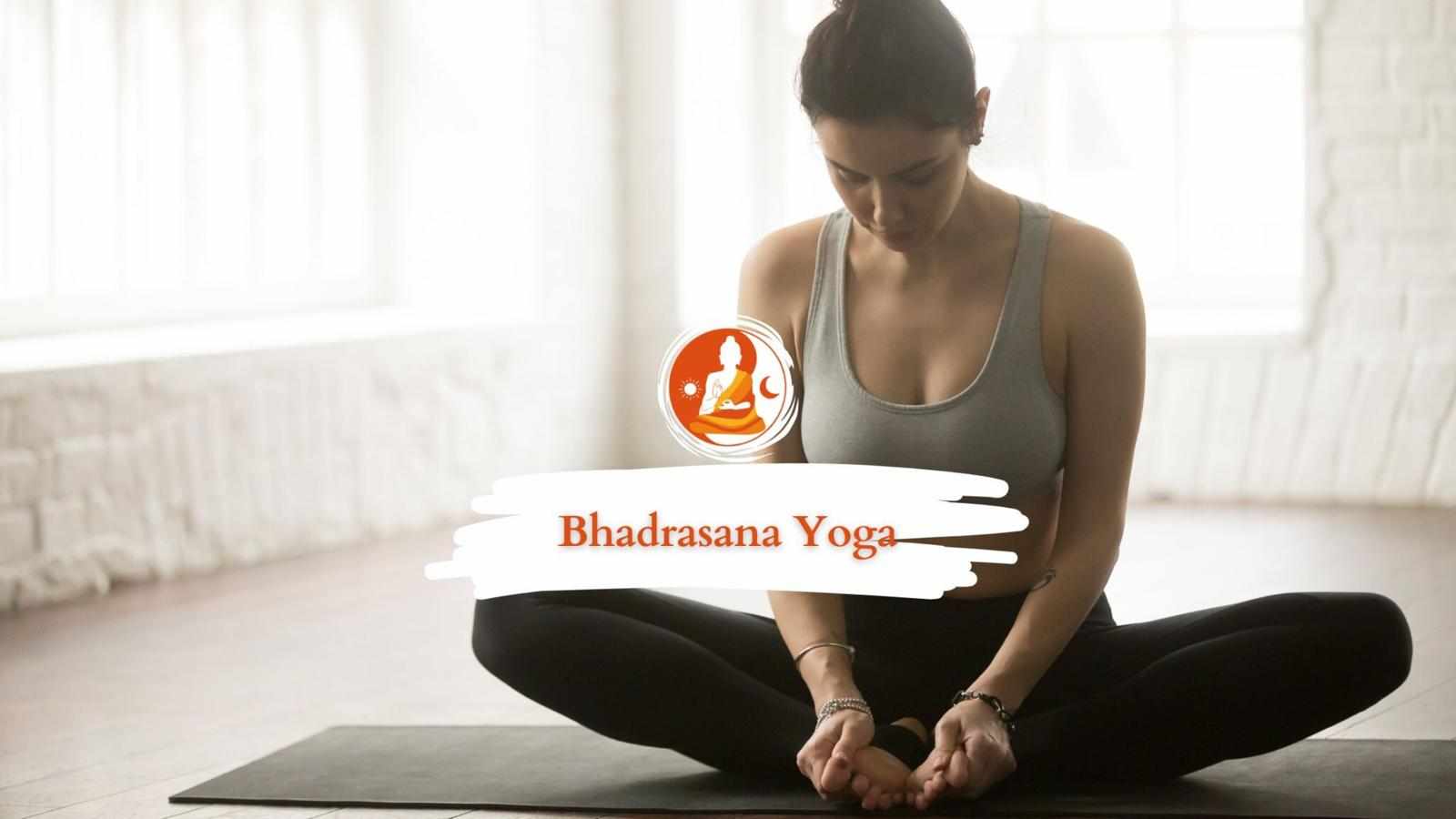
How to Sequence a Yoga Class: A Comprehensive Guide
Sequencing a yoga class is an art and a science that involves creating a flow of postures designed to enhance the physical and mental well-being of your students. A well-planned sequence not only promotes safe and effective practice but also keeps students engaged and inspired. In this guide, we will explore how to sequence a yoga class, covering key principles, tips, and sample sequences to help you design a balanced and rewarding experience.
Understanding the Importance of Sequencing
Before diving into the specifics of how to sequence a yoga class, it's essential to understand why sequencing matters. Proper sequencing helps:
Prevent Injuries: A thoughtful progression from gentle warm-ups to more challenging poses prepares the body and reduces the risk of strain or injury.
Enhance Focus: A clear structure allows students to know what to expect, making it easier for them to focus on their breath and body.
Facilitate Progression: By gradually introducing more complex poses, students can build strength, flexibility, and confidence over time.
Create a Theme: A well-sequenced class can emphasize a particular theme, such as balance, grounding, or heart-opening, enhancing the overall experience.
Key Principles of Sequencing
To effectively sequence a yoga class, consider the following principles:
Warm-Up: Start with gentle movements to prepare the body. Focus on mobilizing the joints and connecting breath with movement. This phase can include simple stretches, breathing exercises, and grounding poses.
Building Heat: Gradually introduce more dynamic movements and standing poses to build warmth and energy. This phase should progressively challenge students while maintaining a mindful approach.
Peak Poses: Identify a peak pose or theme for the class. Structure your sequence so that students are prepared to safely execute this pose. Ensure that you include preparatory poses that build the necessary strength and flexibility.
Cool Down: After reaching the peak, guide students into more restorative poses. This helps to bring their heart rates down and promotes relaxation. Include seated stretches, gentle twists, and calming postures.
Savasana (Final Relaxation): Conclude the class with a period of rest in Savasana. This allows students to absorb the benefits of their practice and promotes a sense of tranquility.
Steps for How to Sequence a Yoga Class
Set Your Intention: Begin by deciding the focus of your class. It could be a specific theme (e.g., balance, strength) or a physical goal (e.g., achieving a certain pose).
Choose Your Poses: Select a variety of poses that align with your intention. Ensure a balance of standing poses, seated stretches, and inversions if applicable.
Plan the Flow: Organize the poses in a logical order. Start with grounding and warming poses, then gradually build up to more challenging postures before cooling down.
Consider Timing: Allocate time for each segment of the class. Typically, a 60-minute class may include:
10 minutes for warm-up
30-35 minutes for building heat and peak poses
10-15 minutes for cool down
5 minutes for Savasana
Add Transitions: Think about how students will transition from one pose to another. Smooth transitions enhance the flow and keep students engaged.
Incorporate Breath: Remind students to connect their breath with movement. Encourage them to breathe deeply, using inhales and exhales to guide their transitions and poses.
Be Flexible: While having a planned sequence is essential, be open to adjusting based on the energy and needs of the class. If students are struggling or excelling, adapt the sequence as necessary.
Sample Sequence
Here’s a simple example of how to sequence a yoga class focused on balance:
1. Warm-Up (10 minutes)
Easy Seated Pose: Focus on breath.
Cat-Cow Stretches: Warm up the spine.
Downward Facing Dog: Lengthen the body and warm up the legs.
2. Building Heat (20 minutes)
Forward Fold: Lengthen the hamstrings.
Warrior I: Introduce strength and grounding.
Warrior II: Open the hips and chest, promote balance.
Tree Pose: Focus on standing balance.
3. Peak Pose (15 minutes)
Half Moon Pose: A balance challenge that connects to the theme.
Transition to Chair Pose for building strength.
4. Cool Down (10 minutes)
Seated Forward Bend: Stretch the spine and hamstrings.
Supine Spinal Twist: Release tension in the back.
5. Savasana (5 minutes)
Final relaxation to absorb the practice.
Conclusion
Learning how to sequence a yoga class is a vital skill for any instructor, enhancing the overall experience for students and fostering a safe, nurturing environment. By following key principles and being mindful of your students’ needs, you can create engaging and effective sequences that promote growth, balance, and relaxation. Remember, the essence of yoga lies in the journey; each class is an opportunity to explore and deepen the connection between body, mind, and spirit.














Write a comment ...